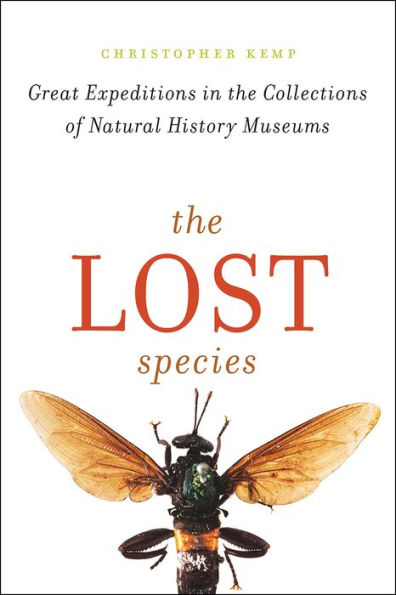The tiny, lungless Thorius salamander from southern Mexico, thinner than a match and smaller than a quarter. The lushly white-coated Saki, an arboreal monkey from the Brazilian rainforests. The olinguito, a native of the Andes, which looks part mongoose, part teddy bear. These fantastic species are all new to science—at least newly named and identified; but they weren’t discovered in the wild, instead, they were unearthed in the drawers and cavernous basements of natural history museums. As Christopher Kemp reveals in The Lost Species, hiding in the cabinets and storage units of natural history museums is a treasure trove of discovery waiting to happen. With Kemp as our guide, we go spelunking into museum basements, dig through specimen trays, and inspect the drawers and jars of collections, scientific detectives on the hunt for new species. We discover king crabs from 1906, unidentified tarantulas, mislabeled Himalayan landsnails, an unknown rove beetle originally collected by Darwin, and an overlooked squeaker frog, among other curiosities. In each case, these specimens sat quietly for decades—sometimes longer than a century—within the collections of museums, before sharp-eyed scientists understood they were new. Each year, scientists continue to encounter new species in museum collections—a stark reminder that we have named only a fraction of the world’s biodiversity. Sadly, some specimens have waited so long to be named that they are gone from the wild before they were identified, victims of climate change and habitat loss. As Kemp shows, these stories showcase the enduring importance of these very collections.The Lost Species vividly tells these stories of discovery—from the latest information on each creature to the people who collected them and the scientists who finally realized what they had unearthed—and will inspire many a museumgoer to want to peek behind the closed doors and rummage through the archives.



